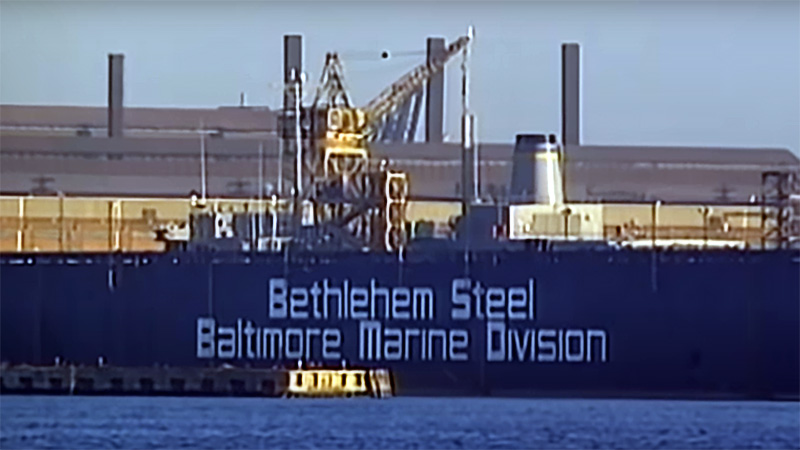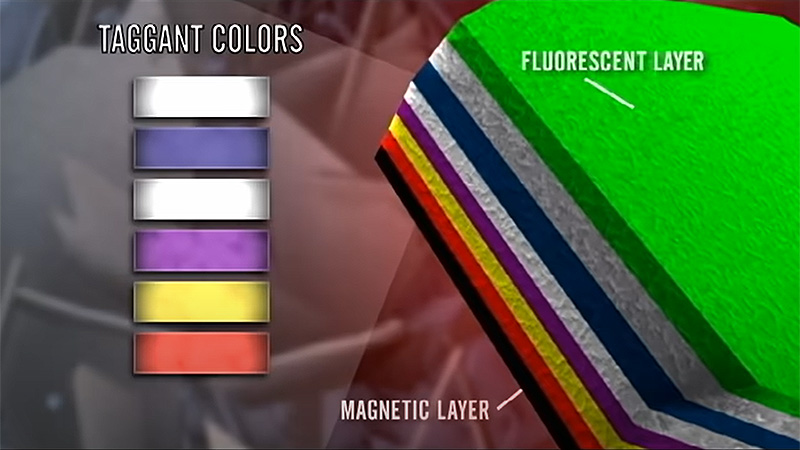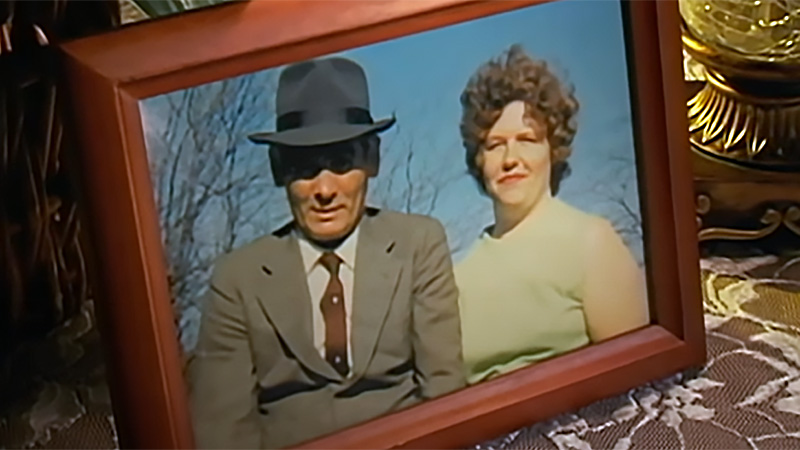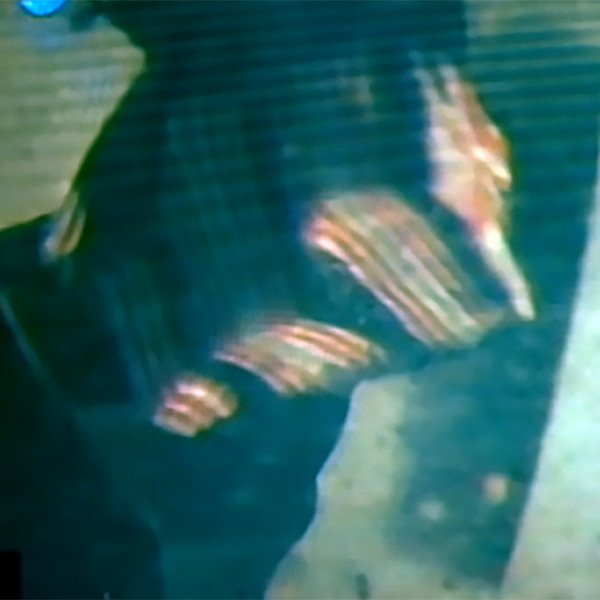Tagging a Suspect
Bombing murder by Nathan Allen's own uncle Pete McFillin
Sparrow's Point near Baltimore in Maryland was an unlikely location for a bombing murder. More unlikely was the relationship between the victim and perpetrator.
Original air date: August 10, 2005
Posted: January 8, 2022
By: Robert S.
Season 10, Episode 10
Nathan Allen was a hard-working father of five, and he had the added challenge of raising his children without their mother. His wife was in a psychiatric hospital hundreds of miles away. So like any struggling parent would do, Nathan sought the assistance of family. Thankfully, he didn't have to look far. Pete McFillin was Nathan Allen's uncle, and they were close, both in age and personally. Pete's wife Sandra Sue would look after Nathan's children, ranging in ages from 7 to 16, while Nathan worked at his laborious steel mill job. This seemed like a stable arrangement, at least until the night of May 10th, 1979.
Nathan and a coworker entered Nathan's Dodge pickup truck, preparing to leave the Bethlehem Steel Mill around 11pm. Mere seconds after the truck started, there was a huge explosion. Nathan was blown through the windshield, and he endured great pain as medics attempted to save his life. Unfortunately, Nathan soon succumbed to his injuries. His coworker, Robert Riffe, only suffered minor injuries – it seemed Nathan Allen had been the target of the bombing when investigators soon discovered the explosive had been placed under the driver's seat.
At the time, Sparrow's Point was one last true company towns in America. Disputes between labor and management foreshadowed a strike, so it seemed possible Allen may have been targeted. But this was quickly ruled out when investigators learned that Nathan Allen had good relationships with both workers and management, and had no affiliation with strike activity. With no motives and no suspects, detectives had to look to the evidence. And by the time they found it, they realized they'd found hundreds, if not thousands of tiny pieces of it – in the form of Microtaggants. Would these color-coded, nearly microscopic particles be the key to finding out who had killed Nathan Allen, and why?

The Facts
Case Type: Crime
Crime
- Murder
Date & Location
- May 10, 1979
- Sparrow's Point, Maryland
Victim
- Nathan Allen Sr. (Age: 45)
Perpetrator
- Pete McFillin (Age: 56)
Weapon
- Bomb
Watch Forensic Files: Season 10, Episode 10
Tagging a Suspect

The Evidence
Forensic Evidence
- Bomb fragments
- Handwriting
- Product lot numbers
- Purchase record/receipt
Forensic Tools/Techniques

Usual Suspects
No Evil Geniuses Here ?
- None occurred in this episode
Cringeworthy Crime Jargon ?
- None uttered in this episode
File This Under... ?
- Keep it in the family

The Experts
Forensic Experts
- None featured in this episode
Quotable Quotes
- "The bomber does not have to be around and watch his victim. He doesn’t… it’s not what we call a ‘command detonation’. There’s no wire leading somewhere, and he has a big plunger to make the thing go off. The bomb is a self-contained unit because it uses the automobile’s own power to set the explosive off. So the bomber could watch if we wants, or he could be 1000 miles away." - Ronald Peimer, M.S.: Former ATF Chemist
- "It’s like finding the explosives unexploded, and finding the date/shift code on the explosive, and being able to trace them out. And once you can do that, you can go through the records and see who bought it, or who stored it, or who stole it, or whatever it happens to be." - Ronald Peimer, M.S.: Former ATF Chemist
- "My father was a real good mechanic, he could fix about anything. And I was told about a week before the explosion happened, that Nathan was having a problem with these brake lights, and he’d asked my father to fix them, and my father had rewired the brake lights, or whatever he did to the vehicle." - Jim McFillin Jr.: Pete McFillin's Son
- "Pete McFillin felt that Sandra Sue was spending entirely too much time with the Allens, and particularly with Nathan Allen. And he felt that she was not spending enough time with him, and not fulfilling her responsibilities as a wife to him, and felt that Nathan Allen was the person responsible for this." - Jerry Rudden: Former ATF Special Agent
- "Everybody knew that she did not have this affair with him. The only person that knew that there was one was my father, Pete McFillin. He had an affair in his own mind, because he was crazy. He was just a son-of-a-bitch, that’s all there was to it. He was a crazy son-of-a-bitch. There was never an affair." - James L. McFillin III: Pete McFillin's Son
- "The explosive taggant program should’ve continued. It provides a lot of information for investigators. It acts as a deterrent to bombers. There are a lot of reasons to tag, and the number one reason is, you solve cases." - Ronald Peimer, M.S.: Former ATF Chemist
Find a typo or issue with the details of this case? Leave a comment below, or contact us!




